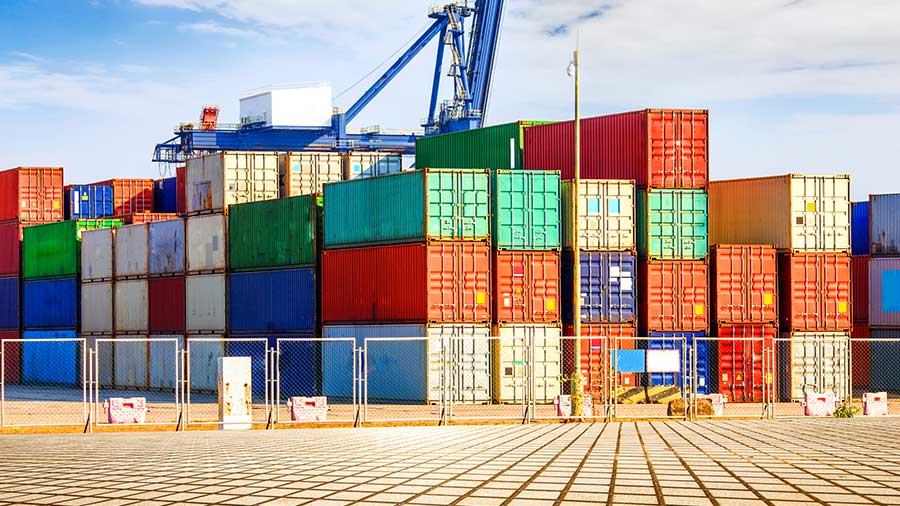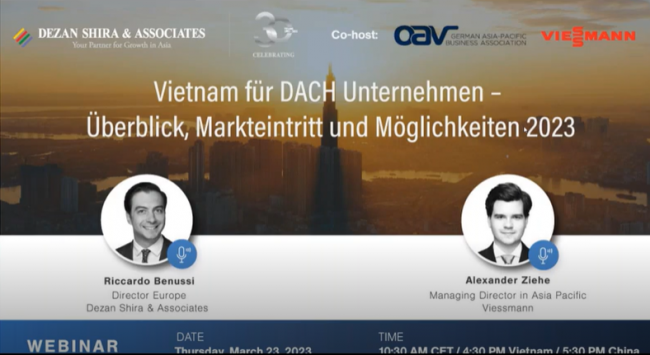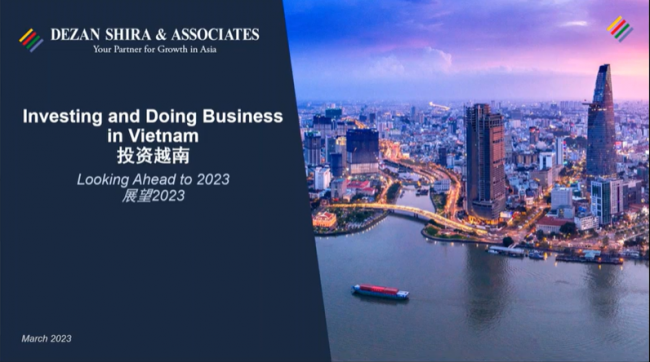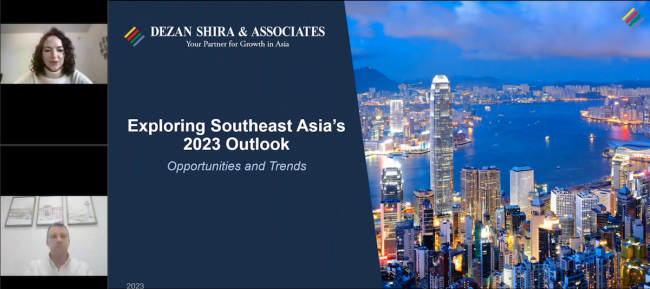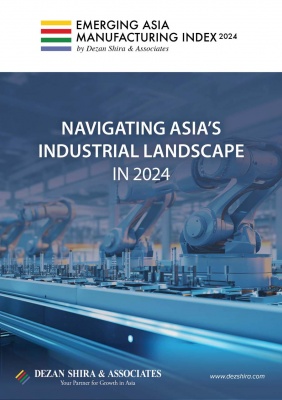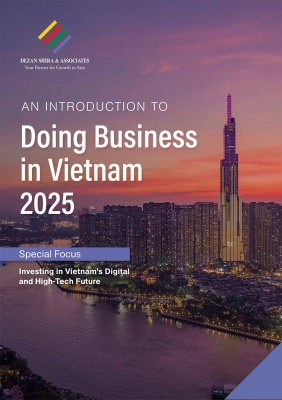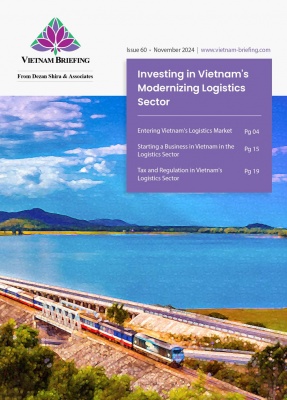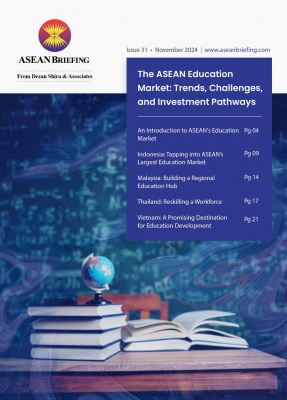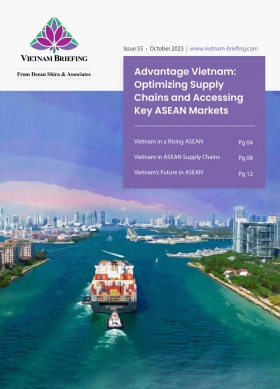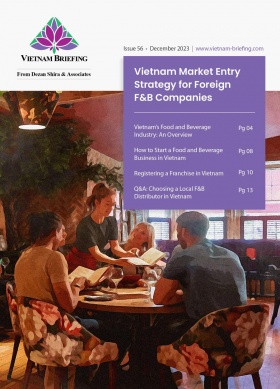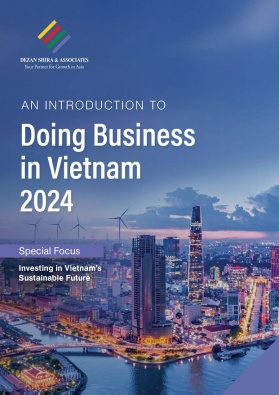Significance of the Can Tho Development and Urban Resilience Project
The Can Tho Development and Urban Resilience Project, or Project 3, represents a pivotal step in safeguarding Can Tho city against the growing threat of flooding and land subsidence. With land subsidence in the Mekong Delta occurring at a rate three times faster than sea level rise—most acutely felt in Can Tho, where the ground sinks by an alarming 1.31 cm per year—the urgency for effective flood prevention measures has never been greater.
Can Tho ranked #14 on the Provincial Competitiveness Index 2023, which ranks Vietnam’s 63 provinces based on economic governance areas affecting private sector development. Meanwhile, the Provincial Green Index 2023 findings showed that the Red River Delta and Mekong Delta provinces have performed well on the 2023 index in the area of pollution and disaster resilience.
Sustainability planning and infrastructure development under Project 3
Initiated in 2016, Project 3 was approved by the Vietnamese government with the goal of protecting nearly 2,700 hectares across the Ninh Kieu and Binh Thuy districts, directly benefiting over 420,000 residents. The project’s total investment of nearly US$9.2 billion, with US$5.7 billion financed through a World Bank loan, underscores the scale and significance of this endeavor.
One of the cornerstone achievements of Project 3 is the construction of a 5.2 km river embankment along the Can Tho River. With an investment of nearly US$1.1 billion, this embankment stretches through Ninh Kieu District, Phong Dien District, and the opposite bank in Cai Rang District. Beyond its primary function of preventing erosion and safeguarding lives and property, the embankment has also transformed the riverside into a scenic walkway, enhancing the city’s aesthetic appeal.
In addition to the embankment, the project includes the construction of 10 tidal gates and two boat locks, crucial for regulating water flow and significantly mitigating flooding in the city’s center. The Cai Khe boat lock, a key feature of this system, was completed with an investment of US$436 million. Strategically located at the head of Khai Luong Canal in Ninh Kieu District, it is designed to control water flow during the rainy season, with the ability to close sections off to prevent flooding from the Can Tho River.
Another major infrastructure development under Project 3 is the Tran Hoang Na Bridge, which was officially opened on April 26 after several delays. Spanning the Can Tho River and connecting the Ninh Kieu and Cai Rang districts, this 600-meter-long, 23-meter-wide bridge has improved access to the southern gateway of the city and alleviated traffic congestion on the Hung Loi and Cai Rang bridges. Completed at a cost of 791 billion VND after 3.5 years of construction, the Tran Hoang Na Bridge is complemented by the Quang Trung Bridge (Phase 2), which was completed in late 2021.
Moreover, the project includes the construction of a 5.3 km road linking Cach Mang Thang Tam Street with Provincial Road 918. This road, with a cross-sectional width of 40 meters, connects key arterial routes within the city, enhancing regional transportation networks.
According to the Can Tho ODA Project Management Board, the near completion of Project 3 marks a crucial milestone in the city’s sustainable urban development and climate change resilience efforts. By reducing the vulnerability of the central area to flooding and improving the transportation infrastructure within and between regions, the project is instrumental in shaping Can Tho’s future.
The Can Tho Development and Urban Resilience Project is divided into three main components: Flood Control and Environmental Sanitation, which includes the construction of the Can Tho River embankment, boat locks, tidal gates, and canal improvements; Urban Corridor Development, which encompasses the construction of the Quang Trung and Tran Hoang Na bridges and infrastructure for resettlement areas; and Strengthening Urban Management to Adapt to Climate Change.
In summary, Project 3 is not just an infrastructure initiative; it is a comprehensive approach to ensuring that Can Tho remains resilient in the face of escalating environmental challenges. By addressing both immediate flood risks and long-term urban development needs, this project is setting a benchmark for other regions facing similar climate-related threats.
Investment environment in Can Tho
Can Tho’s investment climate has evolved significantly since becoming a centrally governed city two decades ago, reflecting its ambition to become a modern, first-grade urban area and a key economic hub in the Mekong Delta. The city’s strategic location, enhanced infrastructure, and consistent government support have established it as a nucleus for industry, trade, and services in the region.
Notable achievements include substantial growth in GRDP, a robust increase in domestic and foreign investment, and a well-diversified economy focused on industry, construction, and services. The city’s proactive approach to improving its administrative framework, particularly through the Provincial Competitiveness Index (PCI) and other performance indices, underscores its commitment to fostering a favorable business environment.
Recent government initiatives, including specific mechanisms under Resolution 45/2022/QH15 and the approval of the Can Tho Planning for 2021-2030, are expected to further boost investment, particularly in agriculture, logistics, and manufacturing sectors. These efforts, combined with ongoing administrative reforms and investment in infrastructure, position Can Tho as an attractive destination for both domestic and international investors, offering promising opportunities for business development in the coming years.
About Us
Vietnam Briefing is published by Asia Briefing, a subsidiary of Dezan Shira & Associates. We produce material for foreign investors throughout Asia, including ASEAN, China, and India. For editorial matters, contact us here and for a complimentary subscription to our products, please click here. For assistance with investments into Vietnam, please contact us at vietnam@dezshira.com or visit us at www.dezshira.com.
Dezan Shira & Associates assists foreign investors throughout Asia from offices across the world, including in Hanoi, Ho Chi Minh City, and Da Nang. We also maintain offices or have alliance partners assisting foreign investors in China, Hong Kong SAR, Dubai (UAE), Indonesia, Singapore, Philippines, Malaysia, Thailand, Bangladesh, Italy, Germany, the United States, and Australia.
- Previous Article Vietnam-China Bilateral Trade Crosses US$100 Billion Mark in H1 2024
- Next Article Vietnam’s 2021-2030 National Forestry Planning: Key Objectives and Implications
